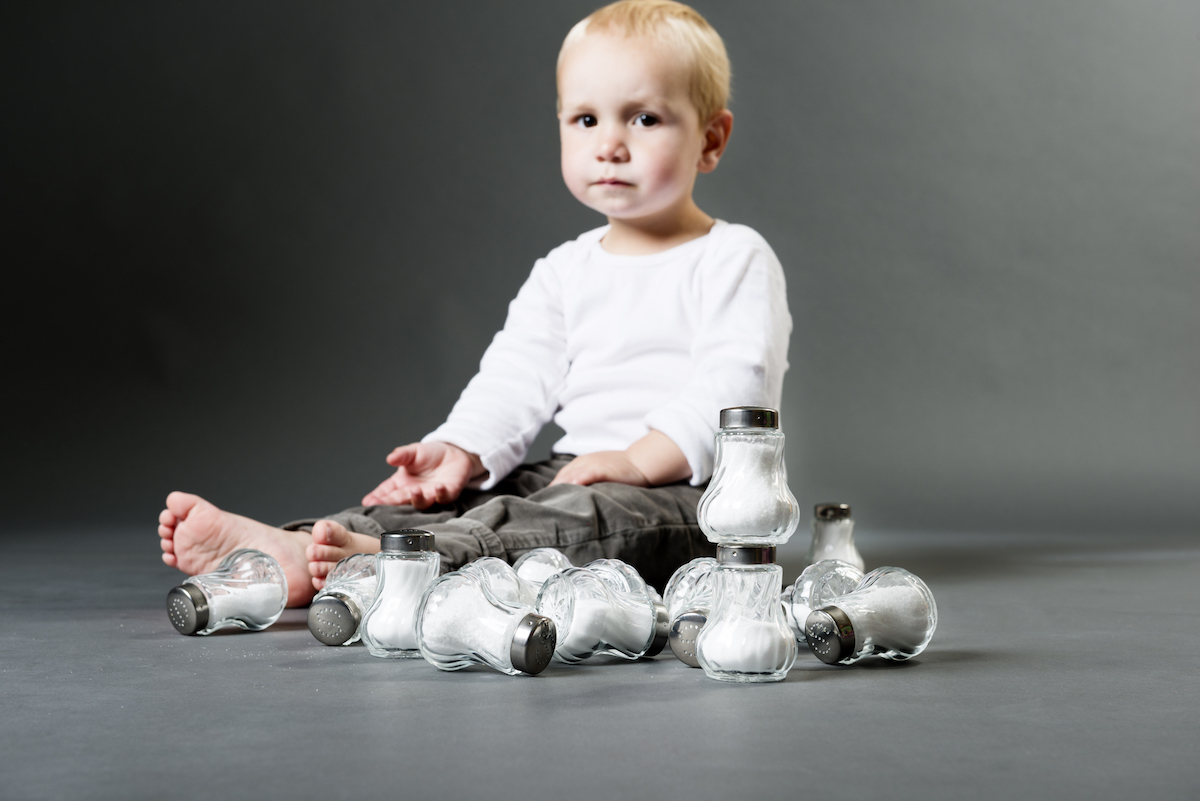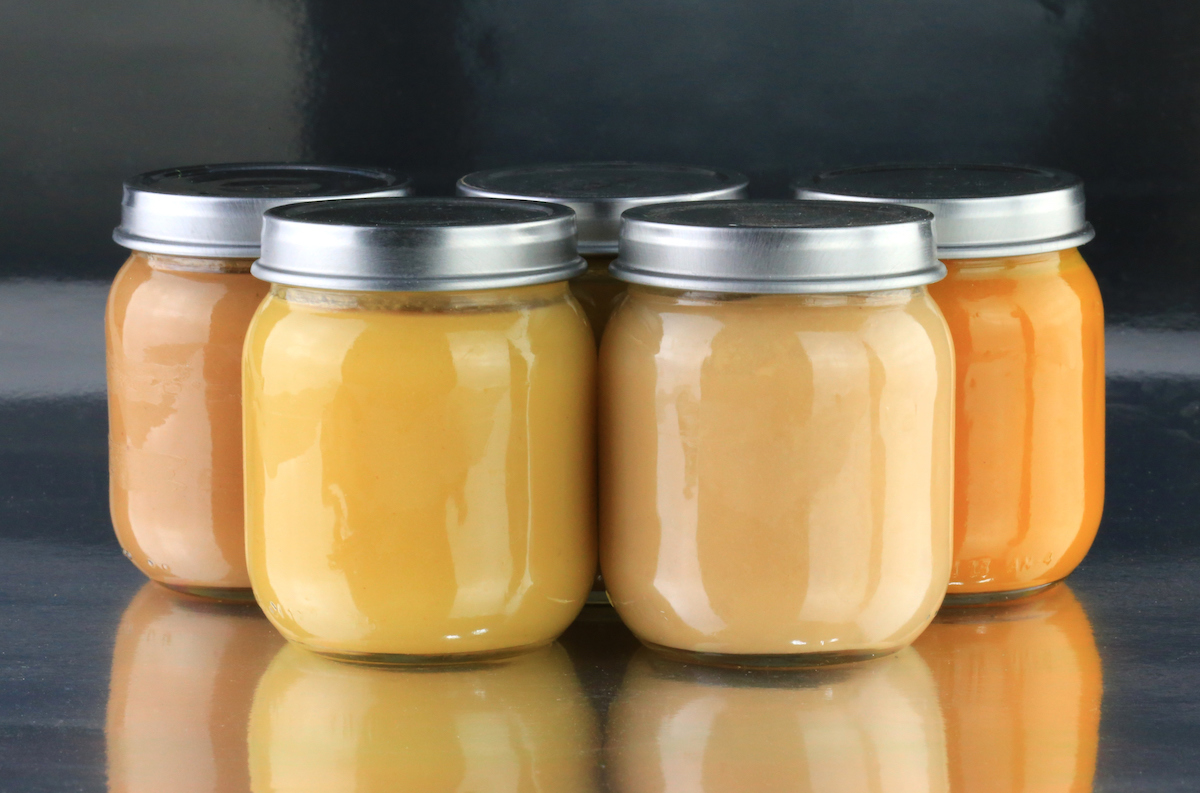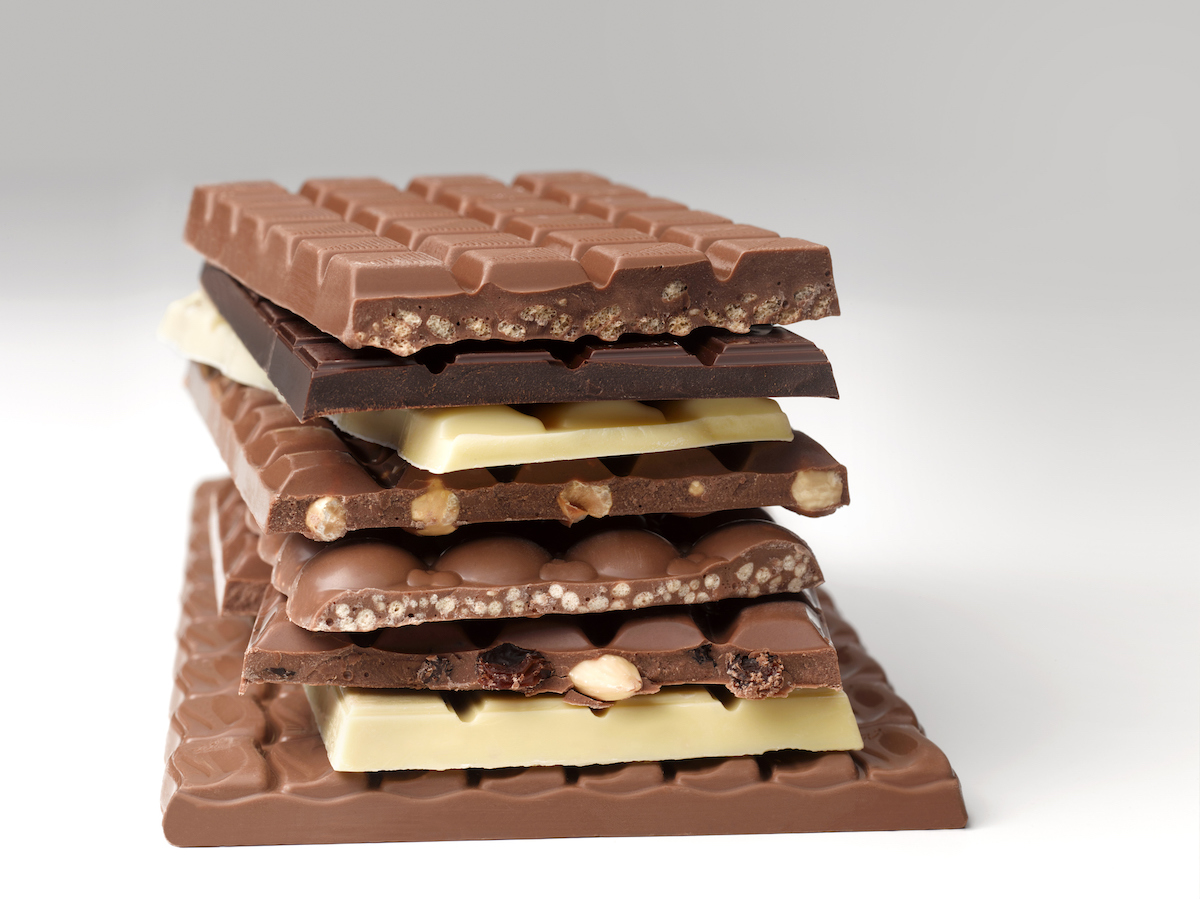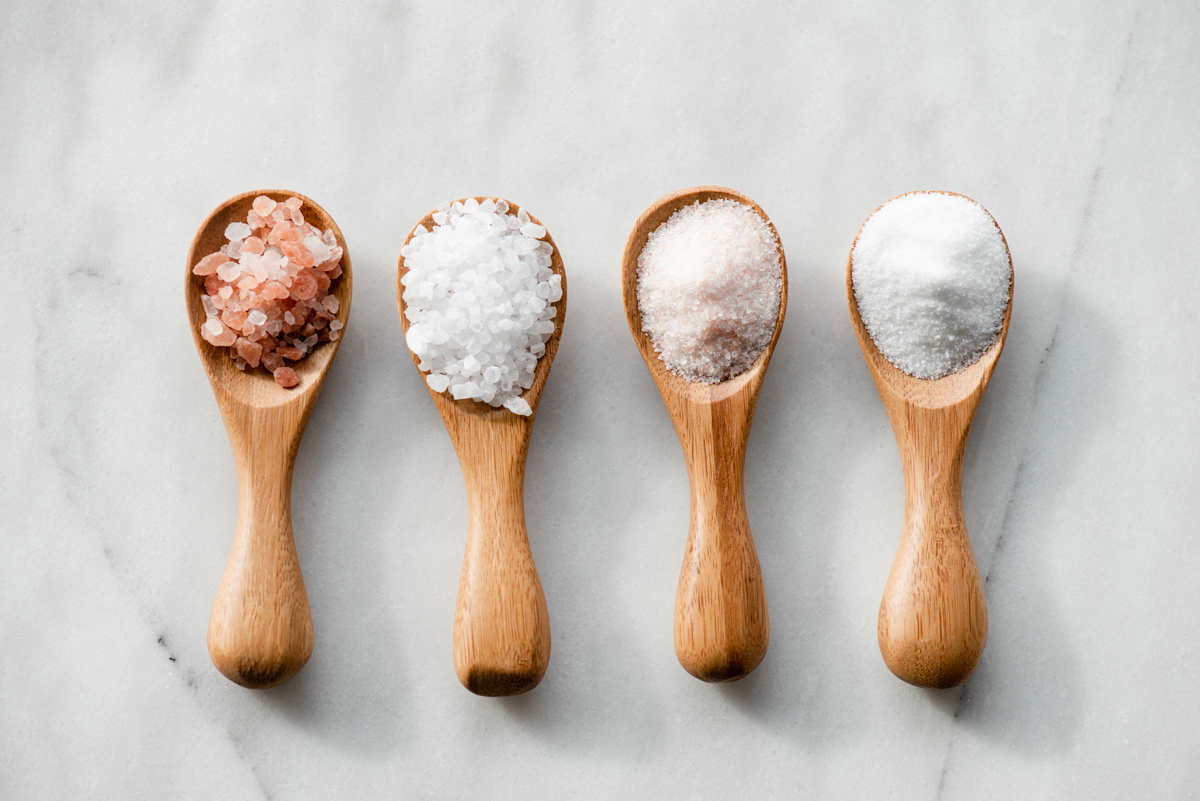Should we be concerned about the Lunchables data? Is this real or an overreaction?
—Laura
Can it be both? I say it can: there can be a real fact of concern and also an overreaction. This is both. Let’s unpack it!
The origin of this discussion is an investigation out of Consumer Reports (you can read it in full here). Consumer Reports tested Lunchables and a set of similar lunch kits for heavy metals, phthalates, and sodium. In their reports, they focused on the presence of lead and sodium (salt). The subsequent coverage (including a lawsuit!) has focused on possibly high levels of both of these.
In fact, in the case of lead, the concerns appear overblown given the findings. The report compares the lead detected in Lunchables to the “maximum allowable dose level” in California under Proposition 65. This amount is 0.5 micrograms — California requires labeling if the amount of lead in a product exceeds that. This limit was designed to be extremely conservative; it is 1/1,000 of the dose at which there is any evidence of harm.
The report finds that Lunchables had about 75% of this extremely conservative lead limit. Obviously it would be better if there were no lead. But lead is found in soil, in plants — it’s around. It is common for food and supplements to have traces of lead, I am sorry to say. This level is really, really small: it’s 75% of 1/1,000 of the harmful dose. I do not think this is worth worrying about.
On the other hand, a single Lunchables box has 50% of the daily recommended intake of sodium for kids. This is a lot. In my view, sodium is more vilified than it should be, and some people (such as elite athletes) probably need more sodium than the FDA recommends. But most kids do not need more sodium, and having a large share of sodium in a single meal is worth pausing on.
Where does this leave us? Lunchables can be a great and convenient option, but I can see the concern raised about serving them as a primary lunch option in schools (which does happen). As Cookie Monster says, perhaps it’s a sometime food.


















Log in
What about the added sugar? There is no reason kids, or anyone, should be eating as much added sugar. It’s poison.
Why did you say elite athletes need more sodium? The past article you linked to isnt even making reference to “elite athletes”, is simply talking about runners. Or really, anyone who exercises and sweats a lot. Implying it only applies to “elite athletes” will lead people to believe it doesn’t apply to them when it very well might.
It should also be noted that sodium doesn’t cause (chronic) high blood pressure. It exacerbates high blood pressure caused by metabolic disfunction.